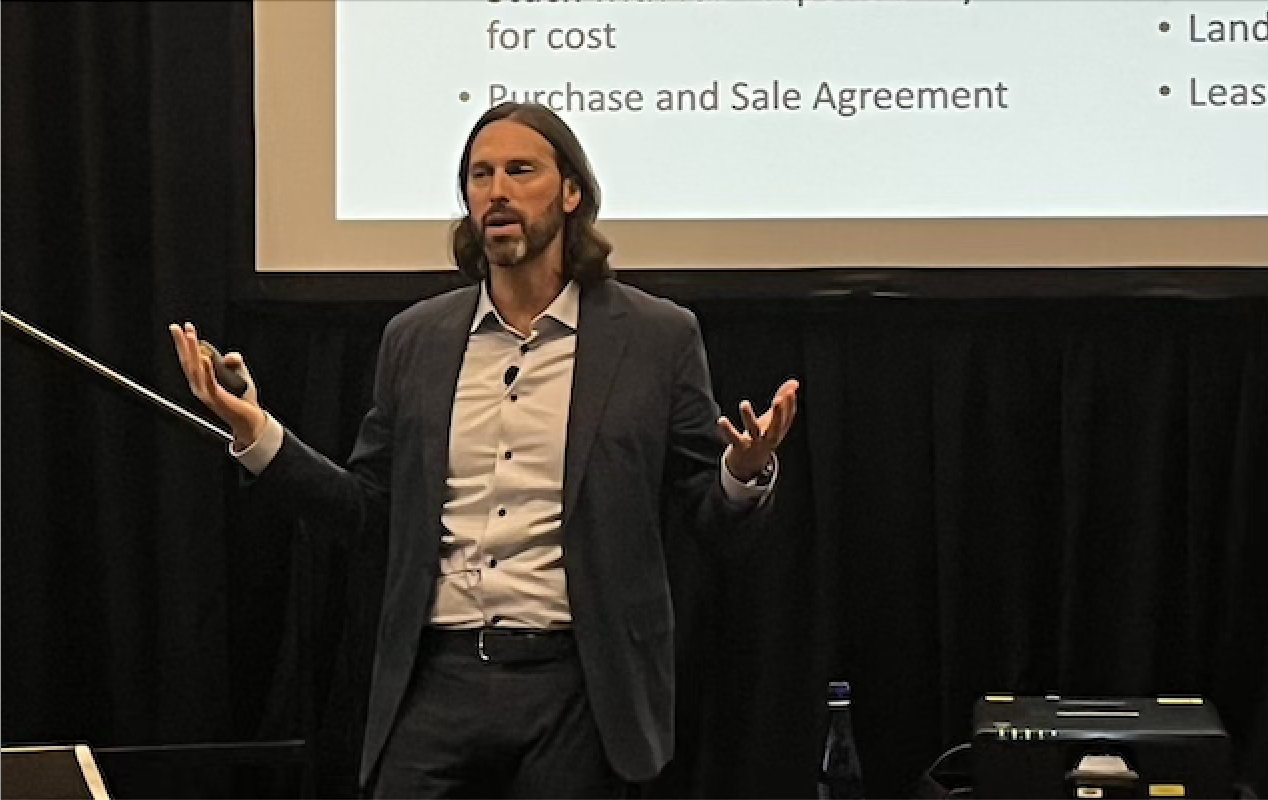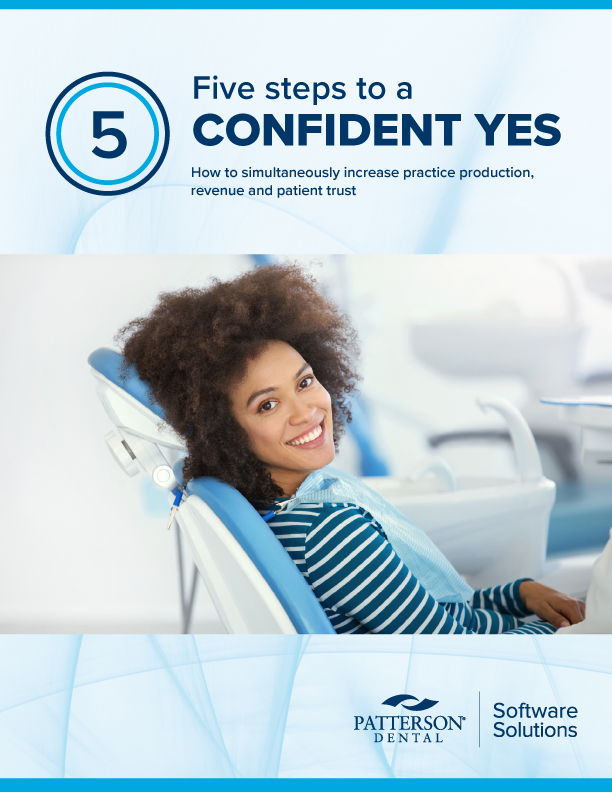SmileCon session explores pathways to dental practice ownership
Attendees learn about assessing opportunities, understanding legal challenges

An educational SmileCon session provided attendees with comprehensive insights on the various avenues to dental practice ownership.
Led by Jonathan Eskow, founder of Eskow Law Group LLC, the presentation covered key pathways for dentists seeking ownership, including acquiring existing practices, forming partnerships and launching new practices. The session focused on strategies for evaluating opportunities, securing financing and navigating the legal and operational challenges of each approach. Participants also received guidance on the legal processes involved in becoming a practice owner.
Learning objectives highlighted during the session included understanding the advantages and disadvantages of different ownership pathways, the steps involved in purchasing a practice, and critical legal considerations.
“What we are seeing is that associates are earlier on feeling like they’re wanting to know more about ownership and talk more about ownership, and start having these conversations around ownership. I think that’s a good thing. It’s a process; it’s not something you wake up one day and say, ‘I’m ready to own a practice,’” Mr. Eskow said.
He emphasized that there is a consistent volume of private practice transitions, noting that valuations are “steady” in dental practice transitions, even as other markets have seen increases.
Mr. Eskow addressed partnership buy-ins through the “three D’s,” which include distributions, or the economics; decision-making, which refers to various decision-making models like a junior-senior partner model, consensus model or a hybrid of the two; and dissociation, or the circumstances under which someone can leave.
“If you are looking to buy in to a practice, and the plan is to buy in at 50%, 30% or 20%, that should be a bridge to something else,” Mr. Eskow said. “You can have that second step figured out, meaning, ‘We’ll buy in 50% now, and in five years, buy in the next 50%.' Make sure you build that bridge or know where your end game or your end result is going to be. Don’t just do the first part.”
Mr. Eskow also touched on common mistakes made by prospective owners, such as lack of confidence, overemphasis on perfection, cost sensitivity, indecision and team composition challenges.
“That’s not to say to spend money carelessly, but don’t be afraid for value and for a good product to pay a little bit of money,” Mr. Eskow said. “Indecisiveness ties into the quest for perfection — sometimes you just gotta do it. Don’t have analysis paralysis.”



